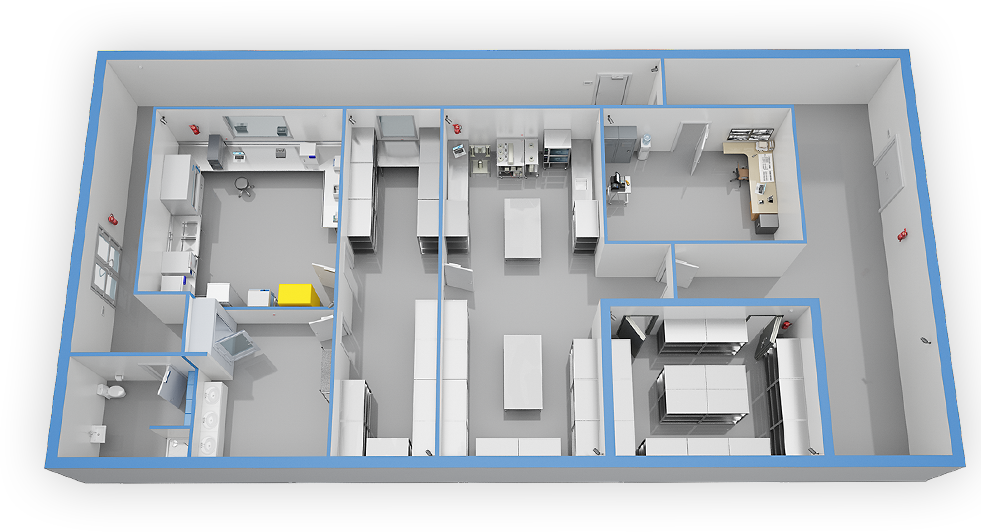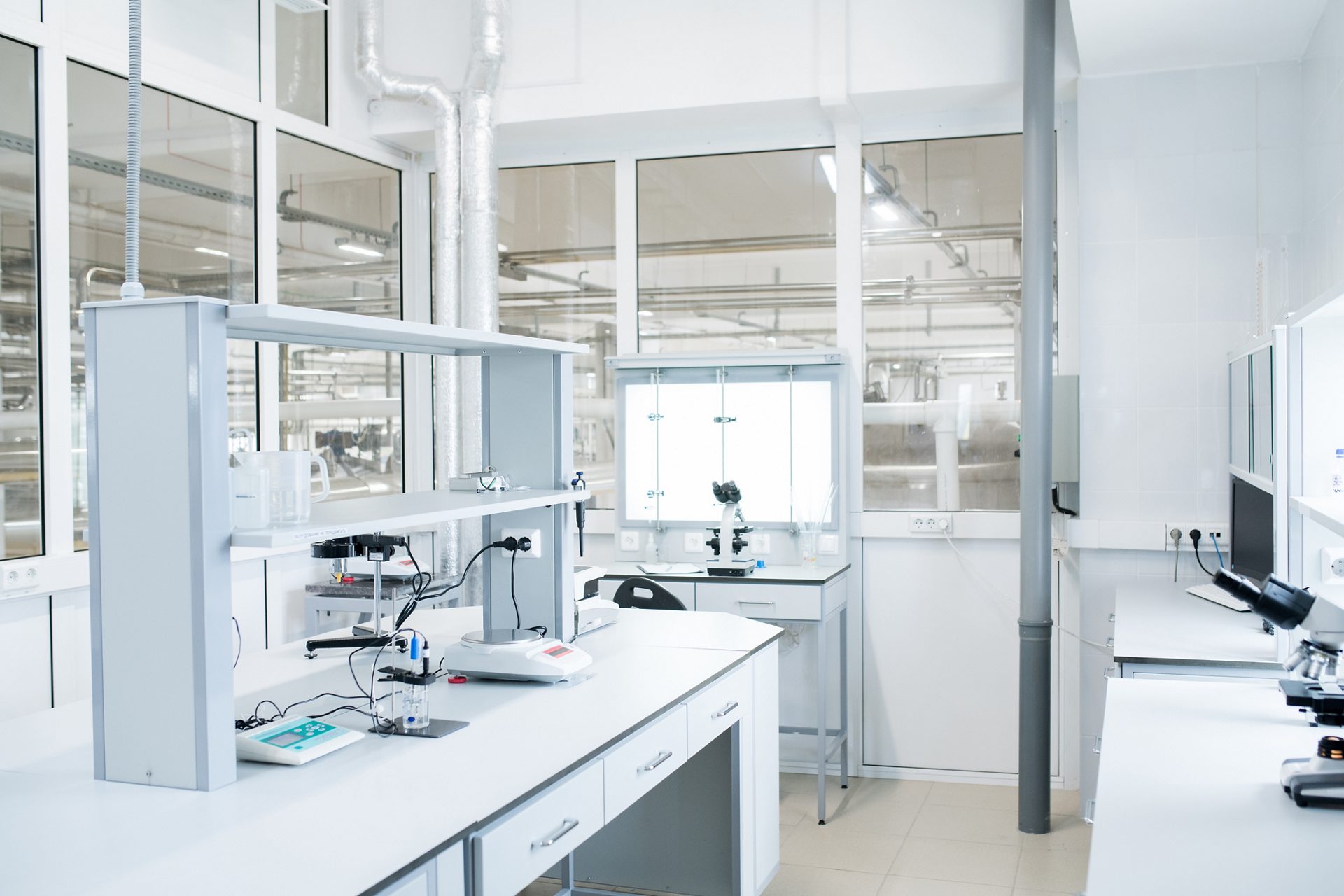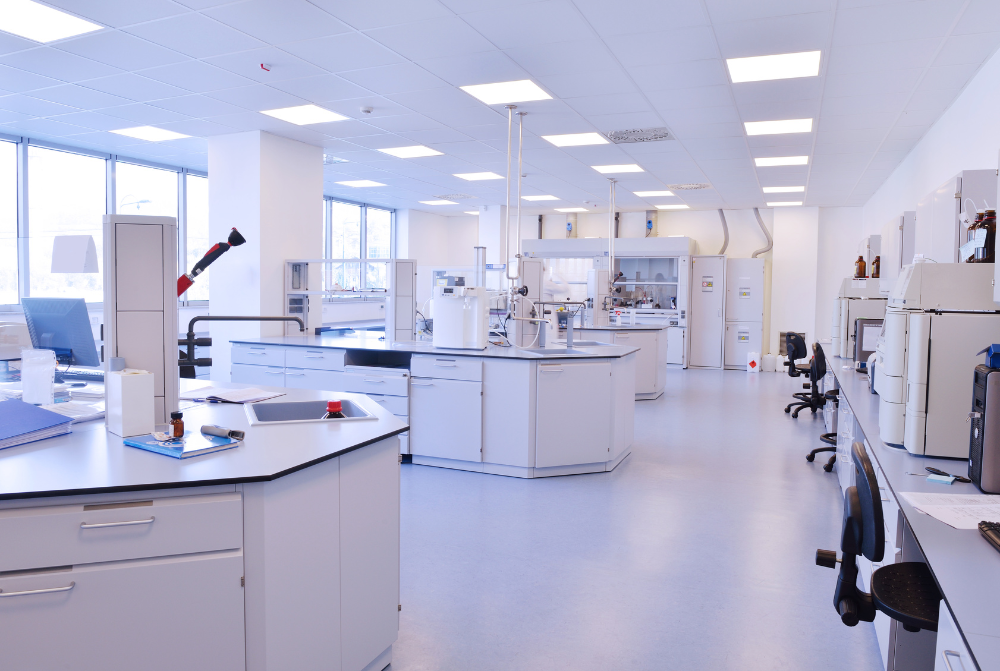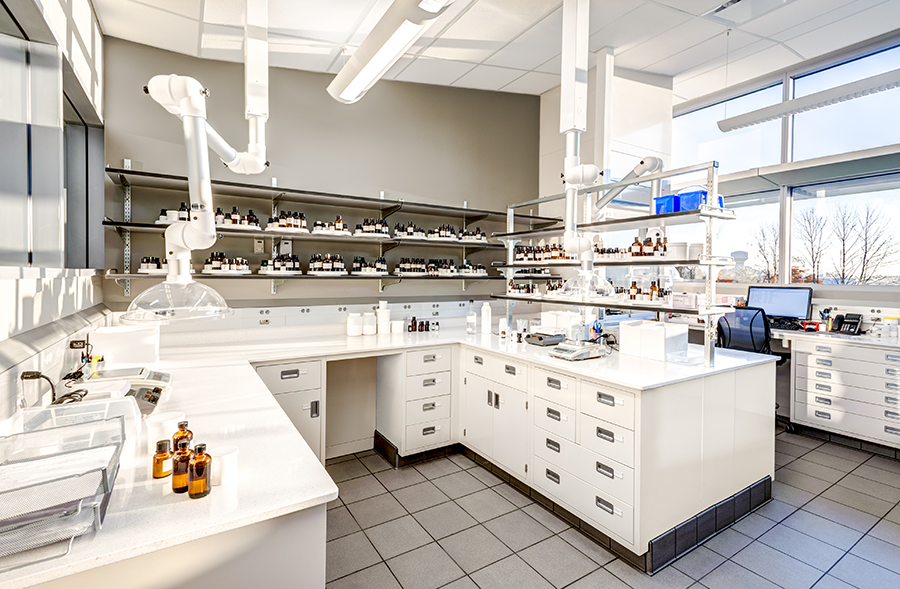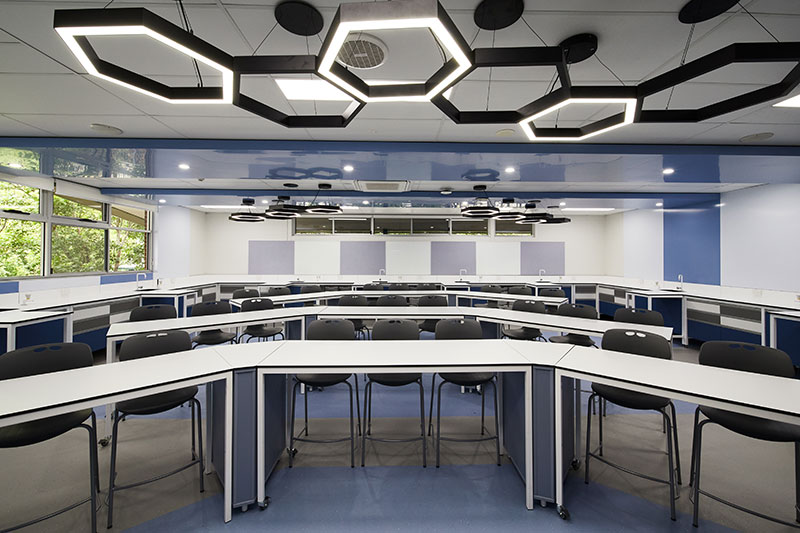Lab designers are the real heroes behind those massive setups for research and discoveries. These personnel have expertise in designing a perfect environment to enhance the sense of experiments in the lab. However, the floor plan of the lab is a significant part of any laboratory. All the installations and furniture need an efficient floor plan that improves the functionality of the lab. Modern lab designers use laboratory 3d planner software to design floors for this. The 3D planner for floor plans works most efficiently. It helps the lab designer understand all corners of the lab. Moreover, it can also design a practical lab in a compact space. These tools and software provide specialized lab solutions to scientists and engineers. They also optimize workflow and ensure researchers have the space to perform their magic.
What Are The Essential Attributes Of A Laboratory 3D Planner For Designing The Lab Floor?
3D lab design software is a unique yet effective tool for designing the laboratory’s floor plan. It seems like ordinary software, but it offers various elements that help the designer design a perfect lab. These elements collectively create a floor plan with all the installations and no wasted space.
Some of the prominent features of this software are as follows.
Intuitive User Interface (UI)
A perfect 3D planner tool must have a user-friendly and intuitive interface for all users. Virtual lab planners should have a proper navigation tool, easy-to-use commands, and a minimal learning curve to improve the user’s understanding. Lab designers can efficiently design a floor plan using a convenient user interface in less time.
Comprehensive Object Library
A 3D laboratory modelling consists of diverse equipment, furniture, and fixtures. The lab designer can easily customize objects to match specific requirements and configurations. Moreover, specialized laboratory equipment such as fume hoods, biosafety cabinets, and lab benches should be available.
Precise Measurement Tools
Custom laboratory planning should have accurate measurement capabilities for determining distances, angles, and dimensions. It should also have a grid or snap-to-grid option for precise object placement. Moreover, it should have tools for measuring clearances, aisle widths, and safety zones to adhere to regulatory standards.
Realistic Visualization
The lab design solution should be able to create a high-quality engine for generating realistic 3D models of the laboratory floor plan. This design layout offers detailed textures, lighting effects, and shadows to provide a lifelike representation. Moreover, it also can visualize the floor plan from different perspectives and viewpoints.
Customization and Flexibility
Laboratory space planning tools have flexible design options for various laboratory layouts and configurations. They can actively customize templates or presets for common laboratory types or applications. However, they can also adjust parameters such as room dimensions, wall materials, and equipment placement to meet specific requirements.
Therefore, by possessing these essential attributes, lab 3D planner tools can empower designers, architects, and researchers to create optimized and functional floor plans for laboratories while adhering to safety standards and regulatory guidelines. These designs comprise all essential fixings and fixtures to enhance lab operations.
Step By Step Guide To Design a Lab Floor Plan Using 3D Tools
The first step of creating a functional lab is crucial. In the 3D laboratory planner tool, the designer has the liberty to use his imagination and create unique lab designs. The designer or engineer follows a specific set of steps that results in a fully functional lab design.
The comprehensive steps are as follows.
Step 1. Measure the Area Precisely
The designer should measure the lab area accurately before using the 3D tool to design a lab. This will help them create a better floor plan with all the necessary installations. However, this step enables the designer to use their imagination wisely to deliver a functional lab.
Step 2. Create Walls and Sections
In the second step, the designer enters the precise measurements in the tool and commands it to create walls and different lab sections. The lab designers can create any floor plan, for instance, collaborative or island style.
Step 3. Add Furniture and Fixtures
Now, add the furniture and fixtures to the design using the 3D tool. The lab designer can customize the lab here according to the lab owner’s requirements and plan. In this step, the designer specifies the furniture materials, lighting ports, data outlets, and other storage options to make the lab more functional.
Step 4. Create A 3D Design and Analyze Keenly
After placing everything, the lab designer should keenly analyze the 3D design using its visualization option. This step enables the designer to improve his design and make necessary changes accordingly.
Step 5. Finalize the Design
After the final design, the safety and ergonomic aspects of the lab furniture and fixtures will be added. In the final step, the lab designer should minimize all the minor errors and hand over the design to the engineer to execute it physically. Using 3D tools makes it easy for designers to see their design before execution, which helps them both improve and implement it.
Laboratory 3D planner software encompasses a range of key elements essential for designing functional and efficient scientific spaces. These tools are vital in creating an ideal workplace for scientists. As technology and research advance, we can expect even more unique solutions to enhance the laboratory planning process.
Westlab Spaces provides a precise lab design solution for designers and architects to create efficient lab designs. We design labs using the latest technologies and tools to ensure the productivity of lab operations. To learn more about our designs and tools, visit our website now!
FAQs
What is the most popular 3d lab design software?
Autodesk Revit, AutoCAD, and Sketch up Pro are some of the popular and useful designing software in the market.
What are the benefits of 3d laboratory modeling?
3d modeling is cost-effective, time-saving, enhances visualization, and helps the designers plan better space.
Why do lab owners prefer custom laboratory planning?
Unlike a generic layout, lab owners prefer custom planning because it optimizes their space for specific workflows, equipment, and safety needs.

